This piece was submitted by Rachel Tam, an Intern of CALPIRG Students, and co-authored by Manu Agni, UCSD AS President.
Earth Day this year has been exceptionally remarkable on the full-out transition to 100 percent clean, renewable energy: A strong kickoff has been made by President Joe Biden, setting the ambitious goal of cutting down at least half of US greenhouse gas emission by 2030. On the same day, student activism group CALPIRG Students organized the California Climate Action Summit, pushing the state to dedicate that target. Over 30 speakers ranging from state leaders and elected officials to scientists, hundreds of climate activists and students from over 25 campuses across the country gathered at the summit to demonstrate support and the need for 100% clean energy by the end of the decade to build a better future.
A fossil-fuel-dependent economy has tolled heavily on people and the planet’s health and welfare: oceanic ecosystems are exposed to toxins from oil spills, and communities, especially those of color and low-income, are suffering from rolling blackouts, heat waves, and the carbon-polluted water and air from energy production and severe wildfires. Due to the delayed warming effect, temperature rise and its impacts will still occur albeit ceasing greenhouse gas emissions now. With energy intercepting three major problems – air pollution, climate change, and energy instability, the transition to 100% clean renewable energy is fundamental to reach the carbon emission goal on time. In her opening notes at the 100 Percent Clean Energy Panel, Laura Deehan, State Director of Environment, highlighted the unique leading role that California has: As the world’s fifth largest economy and an innovation and cultural hub, it can influence other states to mimic our policies. Considering possible slowdowns, the golden state has no time for delay in speeding up the clean renewable energy timeline by 2030.
As a leader of the 100 percent renewable energy movement and member of the civil and environmental engineering faculty at Stanford University, Professor Mark Jacobson noted in the opening speech at the Summit, 100 percent renewable clean energy is already doable in the near future. In his 2021 infographic on California’s ability to go full renewable, it is demonstrated that the total wind-water-solar energy supply can fully meet the end-use demand including the transmission and distribution losses in the two-year simulation, at low cost, no matter if California is interconnected with the WECC grid or works as an isolated grid. As confirmed by the California Independent System Operator, California has hit over 80 percent renewable energy a couple times this year, even as high as nearly 95 percent. Furthermore, new technologies and resources are tapped into to supplement present clean renewables, like offshore winds along the California Coast (AB525), which as Assemblymember David Chiu said, “[is]an incredible potential to meet clean energy goals, combat climate change, and to provide a ton of good paid jobs.” With the hardwares already available, formulating policy is the jumpstarter for getting more renewable projects on the table.
“We are very good at setting climate goals … but those goals are not self-executing. We have to fill it in with the actual tangible steps to reduce our reliance on fossil fuels … where we are less good,” noted State Senator Scott Weiner, resonating with San Diego Mayor Todd Gloria’s experience in both creating the Climate Action Plan and implementing policies at city level. Challenging the status quo and making political choices are crucial yet hard, therefore the continuous conversation of pushing renewables and cutting down fossil fuels is needed.
College students have an immense ability to act as trailblazers when it comes to sustainability, and influencing policy decisions. For instance, UC San Diego students organized to create the U-Pass program in 2014, building on the student-centered unlimited transit program started in 1969. “Having among the highest transit-usage rates in the region, UCSD students contributed to reducing fossil fuel dependence through the all-inclusive, free public transit program, which is among the first of its kind in the state,” said Associated Students President Manu Agni. Another example is the Senate Bill 100, where CALPIRG Students collected over 25,000 petitions, submitted resolutions to student governments, collected over 100 sign-ons from California Community leaders, and held lobby meetings with officials, contributing to the passing. Students’ voices play the key role in communicating with local officials: Reflecting the need and support of transitioning to renewable energy. This way, state officials can thus make the best decisions through the effective teamwork and collaboration of all levels. As Assemblymember Buffy Wicks echoed, “My colleagues need to hear from you on these issues. You need to hold our feet to the fire, and don’t ever stop.”
This is a generation that is the first to experience climate change, and also the last to change before everything becomes unstoppable. Students not only hold the power of change in the future, but also now; it is our call to influence decisions and make impacts for a 100 percent clean renewable society, and build the desirable world for our generation and the next one to live in.


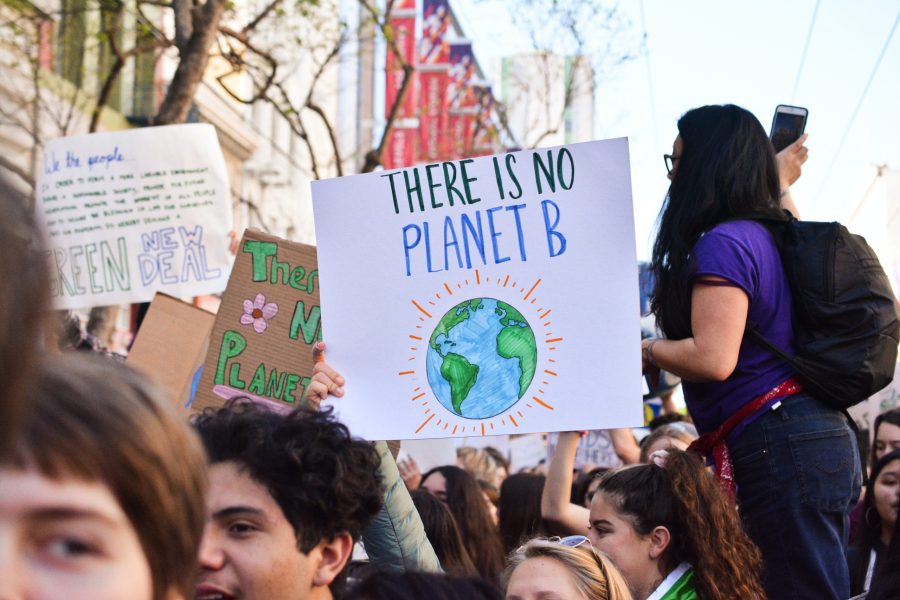

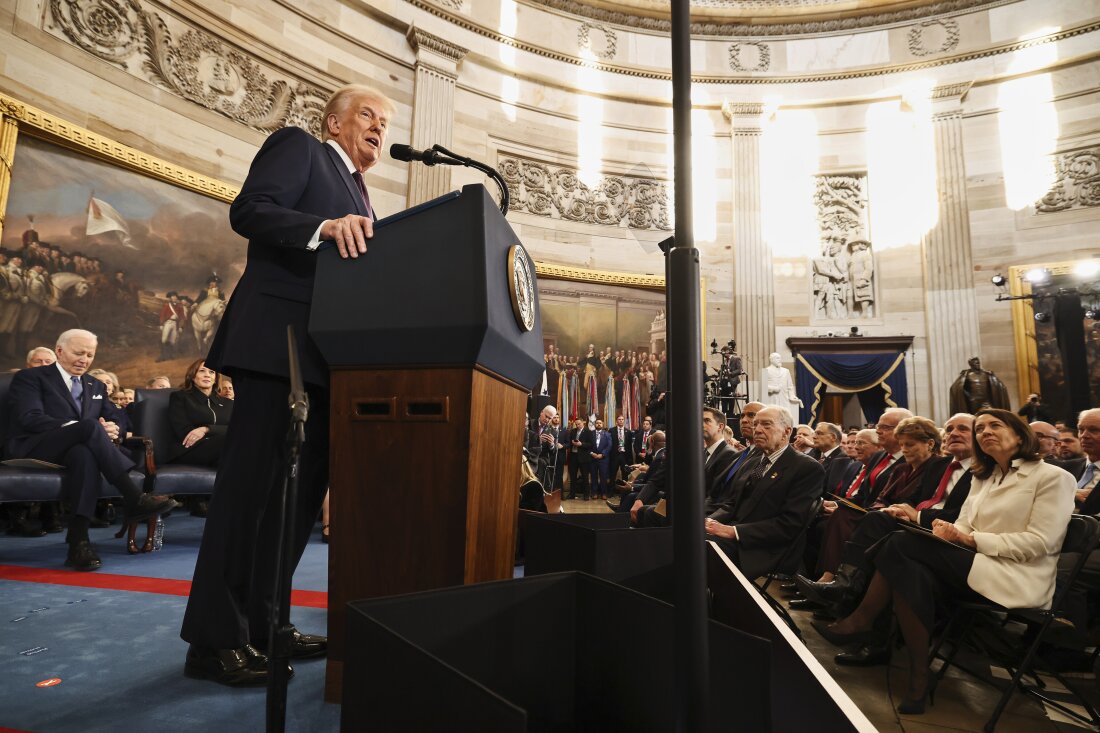
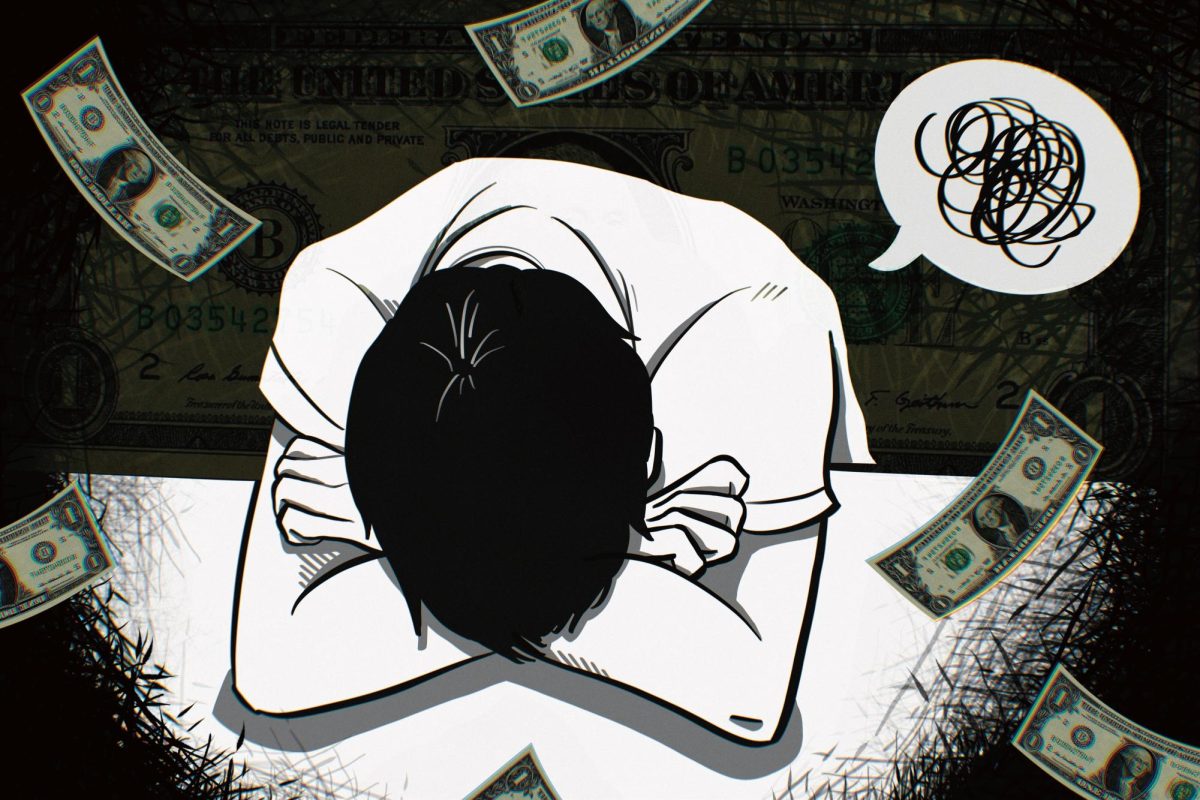
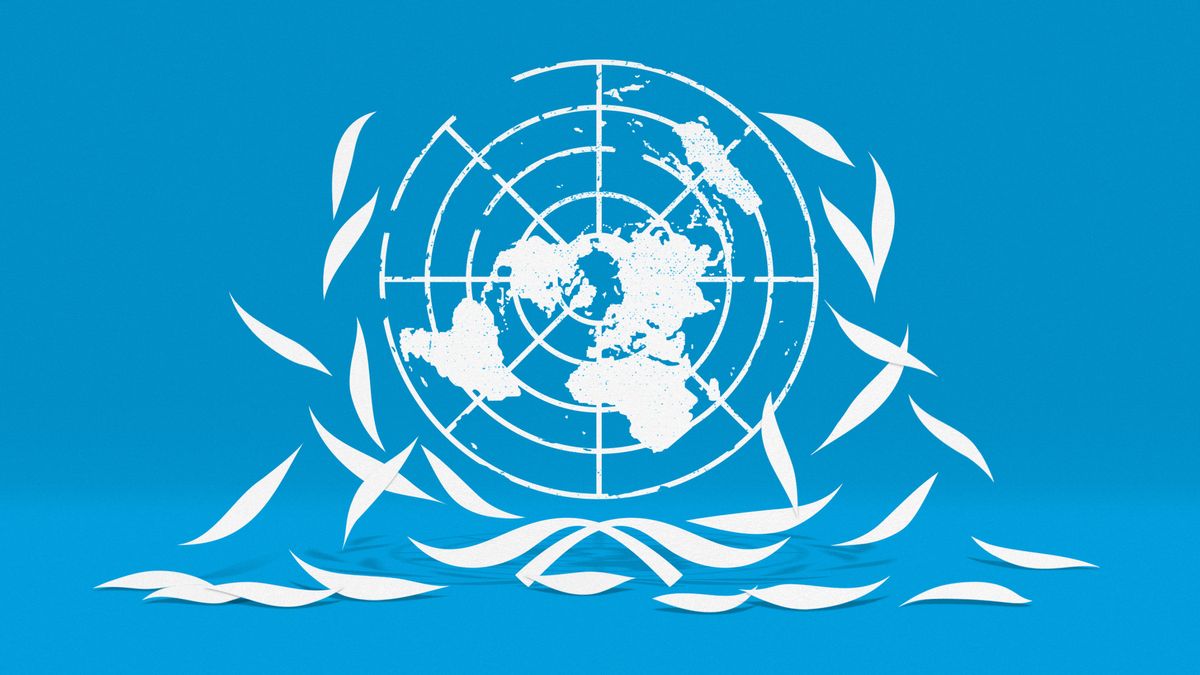
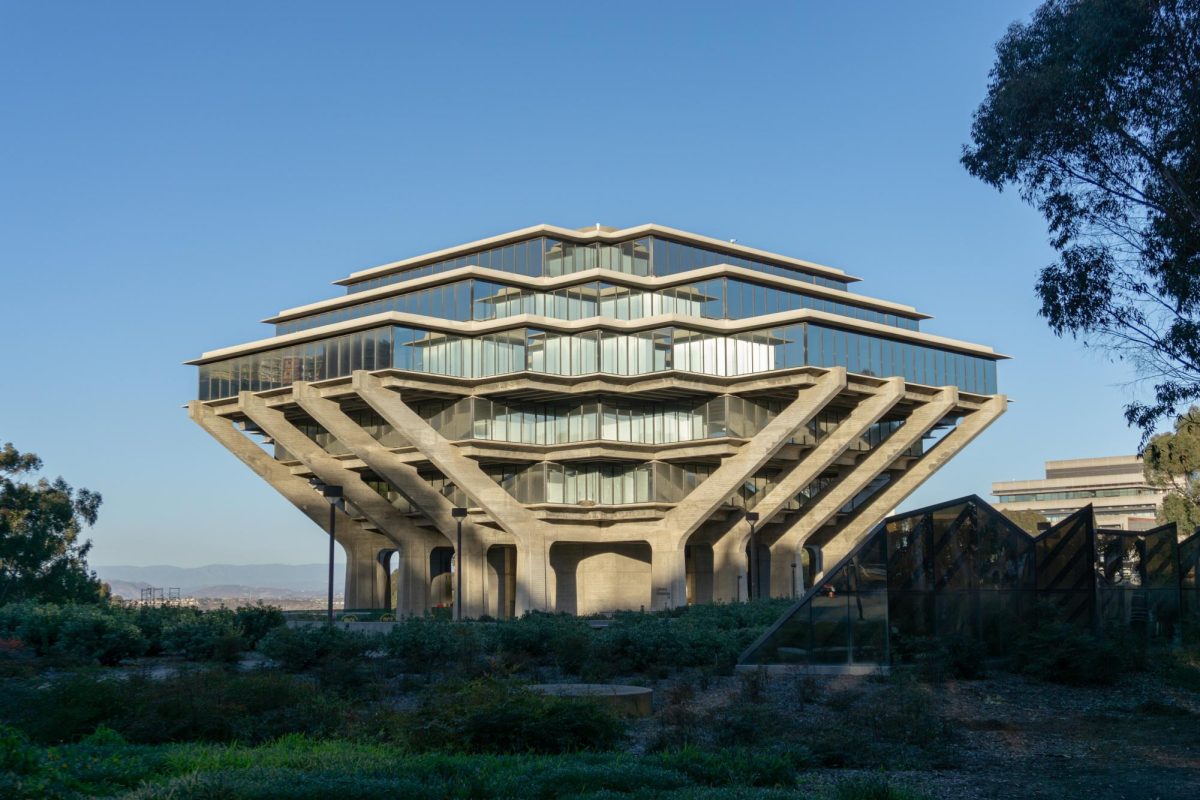







Richard Lee Smith • Sep 10, 2021 at 7:47 am
That’s really good news, thanks for sharing this information with us.
John Burl Smith • Sep 8, 2021 at 4:09 pm
War or Peace: The Mini-Convention
By John Burl Smith (Author “The 400th From Slavery to Hip Hop”)
The following is a response to Sen. Elizabeth Warren’s post on http://www.Democrats.org in a fundraising request. My response is an effort to get Democrats to use the real strength they have and avoid the mistakes of the past. A recent article by Felicia Sonmez quoted “Rep. Madison Cawthorn in a Franklin, N.C. speech, “There will be ‘bloodshed,’ if U.S. elections ‘continue to be rigged. Because, you know, if our election systems continue to be rigged and continue to be stolen, then it’s going to lead to one place—it’s bloodshed.” Cawthorn and other Trumpers, like freshman GOP candidate Steve Lynch of Pennsylvania, who demanded during an event at the Macon, County Republican Party headquarters, “I’m going in (a school board meeting) with 20 strong men, and I’m gonna give (school boards members that impose mask mandates on students,) an option – they can leave, or they can be removed.” Trump supporters, like Steve Bannon, are using “war-like” rhetoric to lure Democrats into approaching the 2022 election, as though it is a brawl between Republicans and Democrats.
Democrats must not allow Republicans to take control of the 2022 election discussion and make it about them and what they are saying. The 2022 election is about the future of democracy in America and young people represent that future for America. Republicans are trying to take America back to a time when “lynching made a white man’s word law.” Trump and Republicans are trying to drag America back to the time when black, brown, red, yellow people and women did not have voice. I offered in my last post the best course for winning the election in 2022, which will set the table for the re-election of Pres. Biden in 2024, which is what everything today is about. My solution is based in the history of the Democratic Party, which used a first Mini-Convention in 1974, as the Democratic Party floundered, following its crushing defeat by Richard Nixon in 1972.
The Democrats, this time around, have a victorious Pres. Joe Biden in the white House and majorities in both the House and the Senate, but the party must be willing to use the options it has to stay in power by addressing its major weakness—lack of inclusion of young people throughout the party. Back in 1972, its candidates were predominantly “old white and male.” Holding a Mini-Convention, the party reallocated power and broadened representation, through inclusion of Blacks, Hispanics, Native People and women, giving them greater access to party structures and committees, most importantly the Rules Committee. Emerging from the Mini-Convention, the Democratic Party was able to attract new voters, thereby becoming more competitive in states Republicans controlled.
Today, in what are called “red states” Republicans control because Democrats do not fund campaigns supporting races they do not think they can win. Georgia was one of these so-called “Red States.” More so than any “red state,” Georgia exemplifies the fallacy in the Democratic Party’s analysis and approach to elections. However, young progressives refused to accept this Democrat “rule-of-thumbs,” they defied conventional wisdom and joined newcomers Raphael Warnock and Jon Ossoff to turn “red” Georgia blue. Now, the best they can do is a washed up football player that never ran for anything without blockers. I have presented “The Strategy to Turn Red States Blue in 22,” which is based on Pres. Joe Biden, through the party, calling a Mini-Convention in late January or early February of 2022. A Mini-Convention will allow Democrats to come together and develop a platform and rebuild the party from legislative districts up to statewide positions. The idea is that because all states and territories send delegations to national conventions that process can get all Democrats on the same page for 2022, as a dress rehearsal for 2024.
Again, referring to my last post, I outlined, based on census data, how such a new realignment in the party, during the Mini-Convention, will create interest in red states and help build candidacies. Such a plan will force Republicans to defend, even in safe red states. Implementing such a plan will allow young progressives to become delegates to the convention from red states, and build candidacies to challenge incumbent Republicans, forcing them to defend what they claim, and not be free to target Democrats with impunity. Unlike conservative democrats, young progressives can begin to build candidacies competing for delegate positions. Young progressives have nothing to lose, and everything to gain, representing democrats in their states, where Democrats are without representation presently.
This strategy will bring progressive from blue states together with those from red states to develop a party platform that will appeal to an American electorate dedicated to saving our democracy. Americans in red states, as well as blue states were abhorred by the attack on democracy inspired by Donald Trump and carried out by his insurrectionist mob on 1/6. Young progressives in red states are looking for ways to get into this fight to show they support democracy and not autocracy.
Many young progressives would jump at the opportunity to build candidacies for state legislative seats to help repeal and reverse voter suppression efforts by Republicans. The Democratic Party must be willing to provide basic support for candidates that will develop from the Mini-Convention. State Representative seats are the base of the American democratic electoral system. Moreover, that is where Republicans began their voter suppression effort. Get young progressives to fight for votes at this level can become the basis of a straight Democratic vote all the way up to state and national candidates. Presently Republicans claim so-called red states without actually having to compete against democrats for them. Democrats are giving Republicans a buy, and throwing money at the media, which could be spent on young progressive campaigns in red states. Young progressives are fighting for a future and see how they can make political gains as Democrats, giving Democratic voters in red states representation, which they deserve.
Concluding, I believe Democrats like Sen. Warren recognize and can support a Mini-Convention, which will improve Democrats effectiveness in two major ways. First it will allow those that attend Mini-Convention caucuses at the State Representative level to begin developing the party’s platform, which will also be voted in State Senatorial, Congressional and statewide caucuses, with final approval at the National Mini-Convention. This procedure will give the party a platform all candidates endorsed by the Democratic Party must pledge to support, as a statement reflecting the will of the majority of Democrats. Pledging support for the party’s platform will eliminate renegade groups of Senators from, going rouge, cutting side deals, and bucking the President’s agenda, which will be the party’s program.
This is the way a democracy is supposed to work. The Mini-Convention can bring a new level of inclusion and representation to American politics that will restore integrity and trust, as well as, repair American democracy, while sending a message to insurrectionists and would-be dictators that “democracy” rules in America, not autocracy nor dictators!!!
Kevin Shi • Aug 25, 2021 at 5:47 am
Nice article, good step to be taken for making the world better. My Little One Photography
Nika • Jul 27, 2021 at 2:47 am
This allows you to improve the parts of your site that cause users to abandon your business or lose interest in it. As a result, you can improve your campaigns to keep users interested and attract more potential customers who turn into conversions, check out other conversion rate optimisation tools here
Ksenia_dr • Jul 21, 2021 at 10:09 pm
ucsdguardian.org